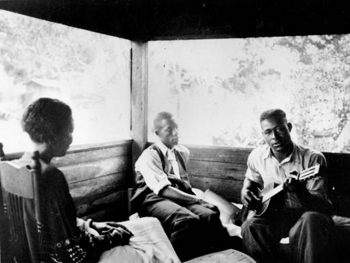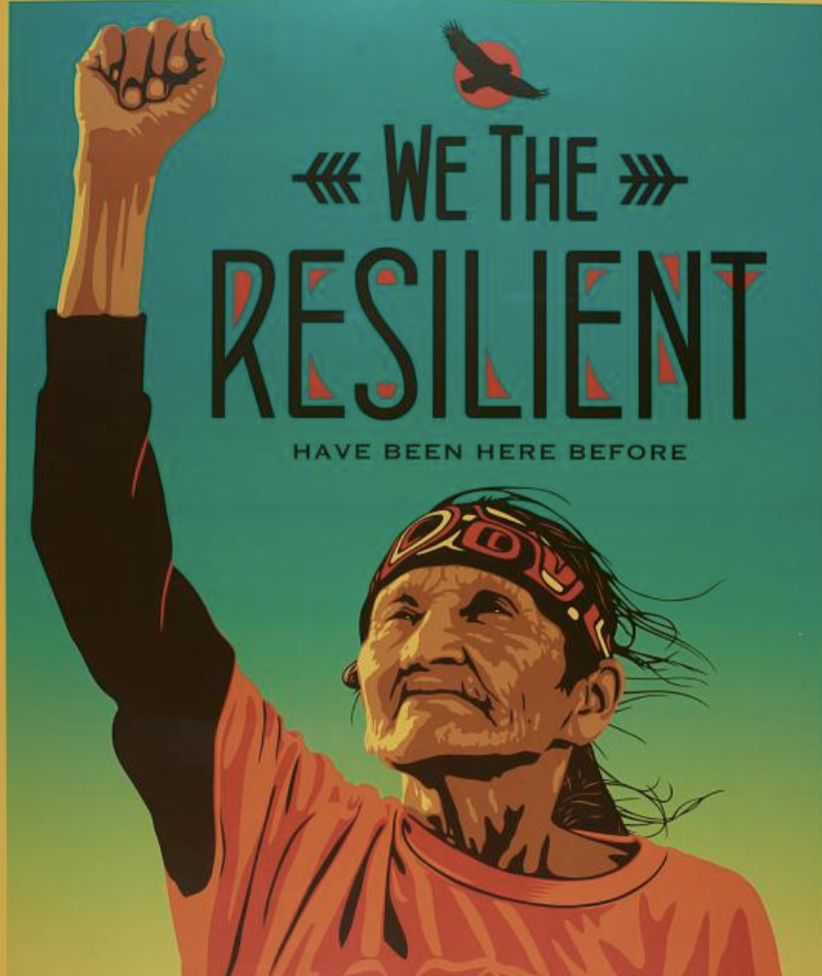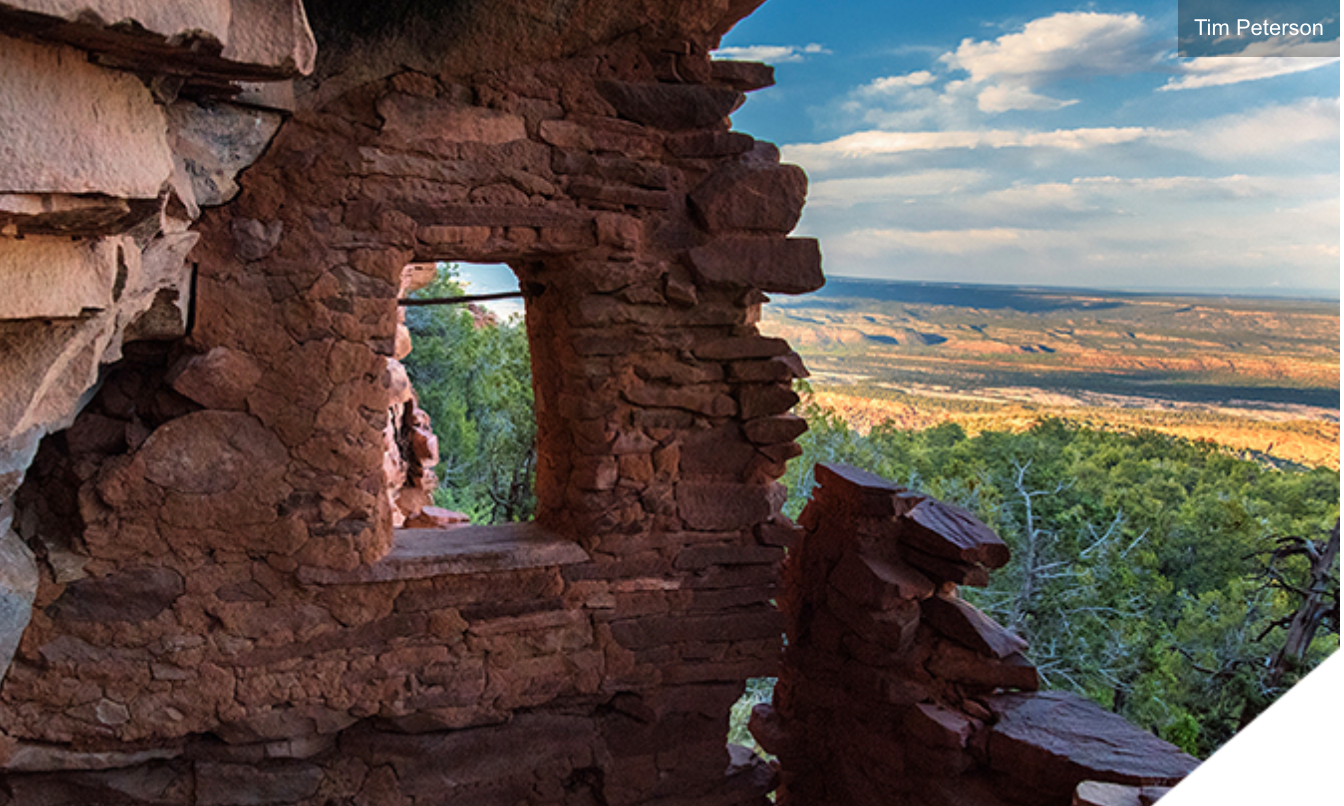- Instructor: Zachary Cofran
- Instructor: Ryan Rybka

This course is an introduction to major themes in cultural anthropology. We will examine the concepts, methods, and theories anthropologists employ to understand the unity and diversity of human experiences across different regional contexts, with an emphasis on structures of inequality. Throughout the course, students will develop critical tools for analyzing the processes of shared meaning and ways of living that anthropologists broadly refer to as “culture,” including how social distinctions are generated, sustained, contested, and transformed. Over the course of the semester, we will ask: What does it mean to be human? What are the possibilities and limits of understanding human differences in terms of ‘culture’? Why are the world’s resources and wealth so unequally distributed, and how do ordinary people navigate these inequalities in their everyday lives? And what can observing “other” ways of living across the world tell us about “ourselves” and how we are connected (and disconnected) within our planetary conditions today?
- Instructor: China Sajadian

This course is an introduction to major themes in cultural anthropology. We will examine the concepts, methods, and theories anthropologists employ to understand the unity and diversity of human experiences across different regional contexts, with an emphasis on structures of inequality. Throughout the course, students will develop critical tools for analyzing the processes of shared meaning and ways of living that anthropologists broadly refer to as “culture,” including how social distinctions are generated, sustained, contested, and transformed. Over the course of the semester, we will ask: What does it mean to be human? What are the possibilities and limits of understanding human differences in terms of ‘culture’? Why are the world’s resources and wealth so unequally distributed, and how do ordinary people navigate these inequalities in their everyday lives? And what can observing “other” ways of living across the world tell us about “ourselves” and how we are connected (and disconnected) within our planetary conditions today?
- Instructor: China Sajadian

This intensive seeks to foster a community of students dedicated to learning about Indigenous environmental activism. We read publications, watch films, and listen to interviews that highlight the work of Indigenous activists, scholars, and scientists. Students must be willing and able to invest 3-5 hours a week on this intensive. An hour of that time is spent monitoring news sources for recent events and discussing them with others in this learning community. This is not a traditional course, so students with existing knowledge of Indigenous activism or ways of knowing are best prepared for this intensive
- Instructor: April Beisaw

Native Americans have been in North America for at least the last 10,000 years. From the archaeological record of their cultures, we can see how they farmed in the scorching desert, hunted in the frozen tundra, and traded resources between groups over thousands of miles. Native creativity and resiliency is evident in their past and their present, as indigenous archaeologists and community archaeology programs are changing how archaeology is done, who it is done by and for, and what questions are asked of the past. This course will survey the archaeology of two distinct geographical culture areas, the Southwest and the Northeast. The Southwest, centered on the four-corners of Arizona, Colorado, New Mexico, and Utah, is characterized by elaborately painted pottery and standing stone ruins. The Northeast, from Maryland to Maine, is characterized by an unpainted pottery and architectural remnants that are visible as stains in the soil. Because of its greater aesthetic appeal, the Southwest has received much more attention. This contrast will allow us to examine how knowledge of the past is constructed by archaeologists, museum professionals, descendant communities, and public interest.
- Instructor: April Beisaw